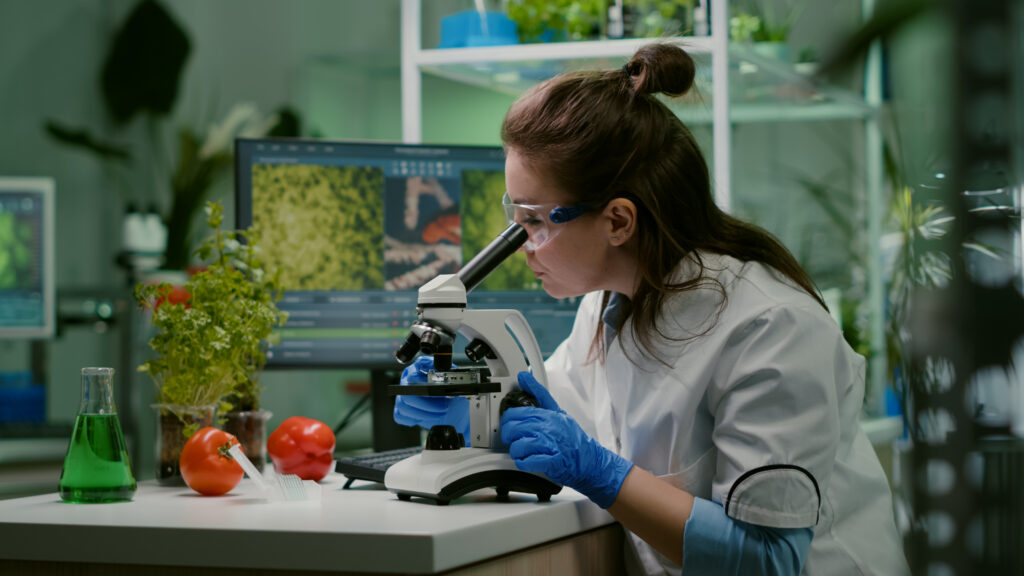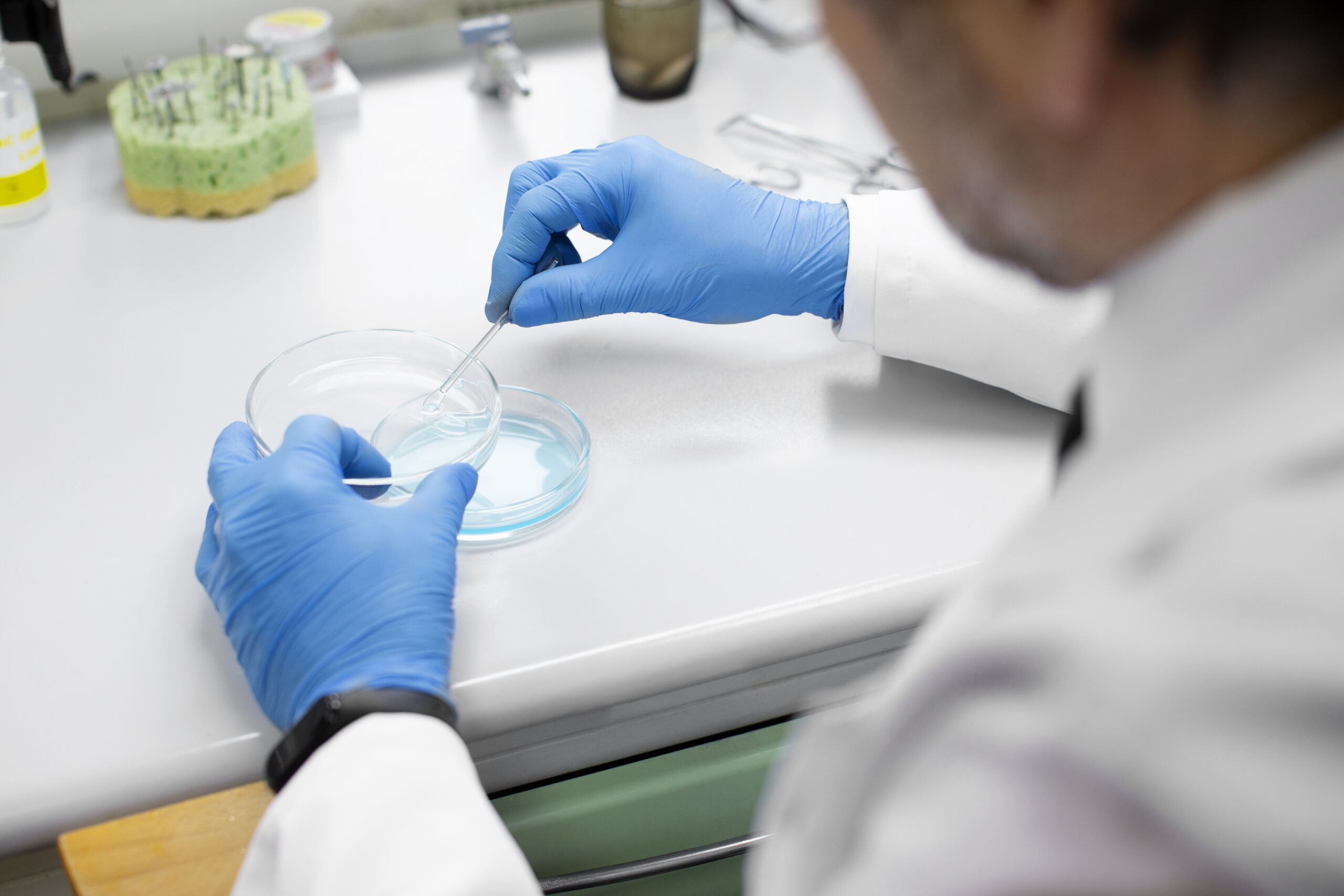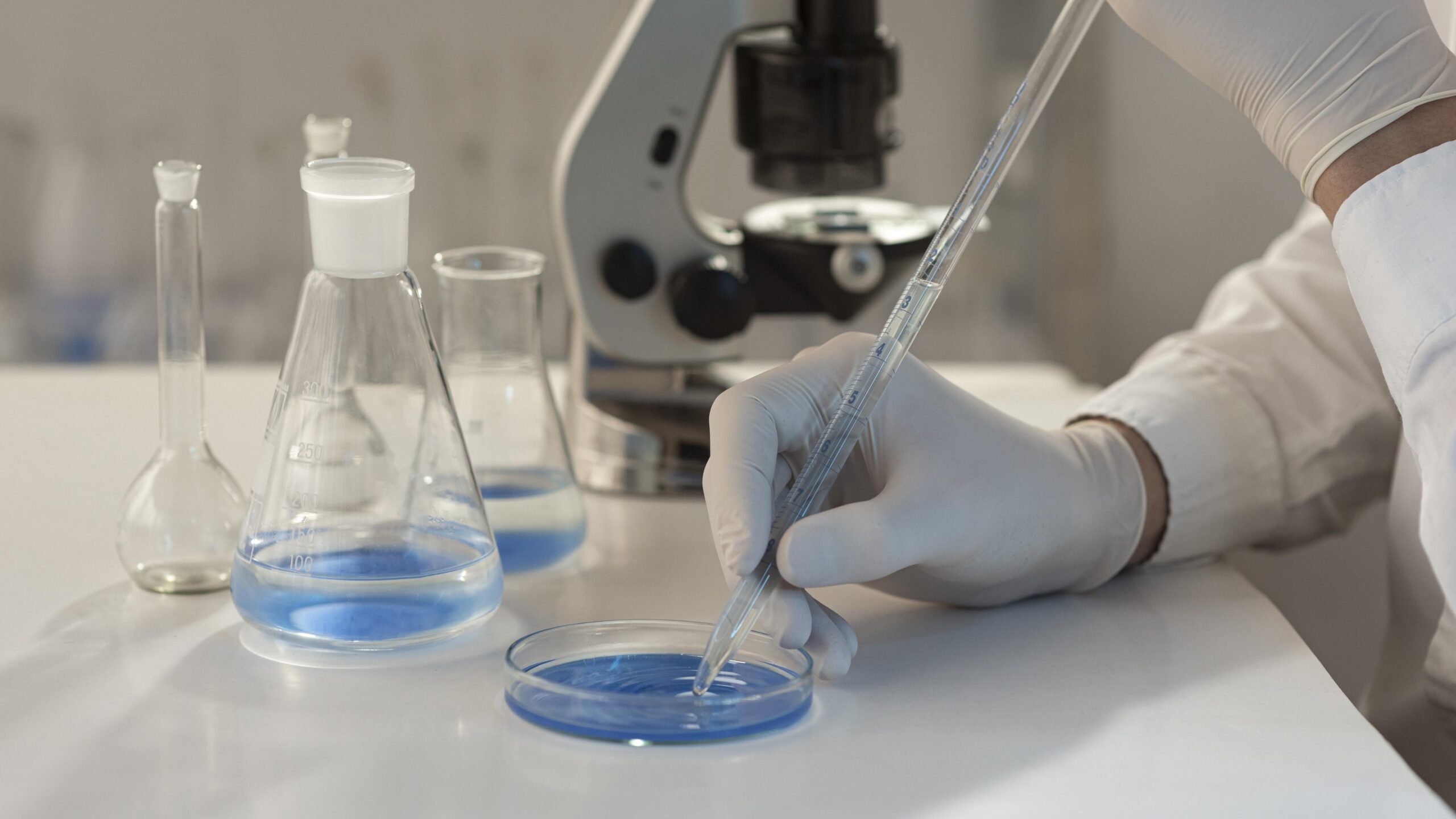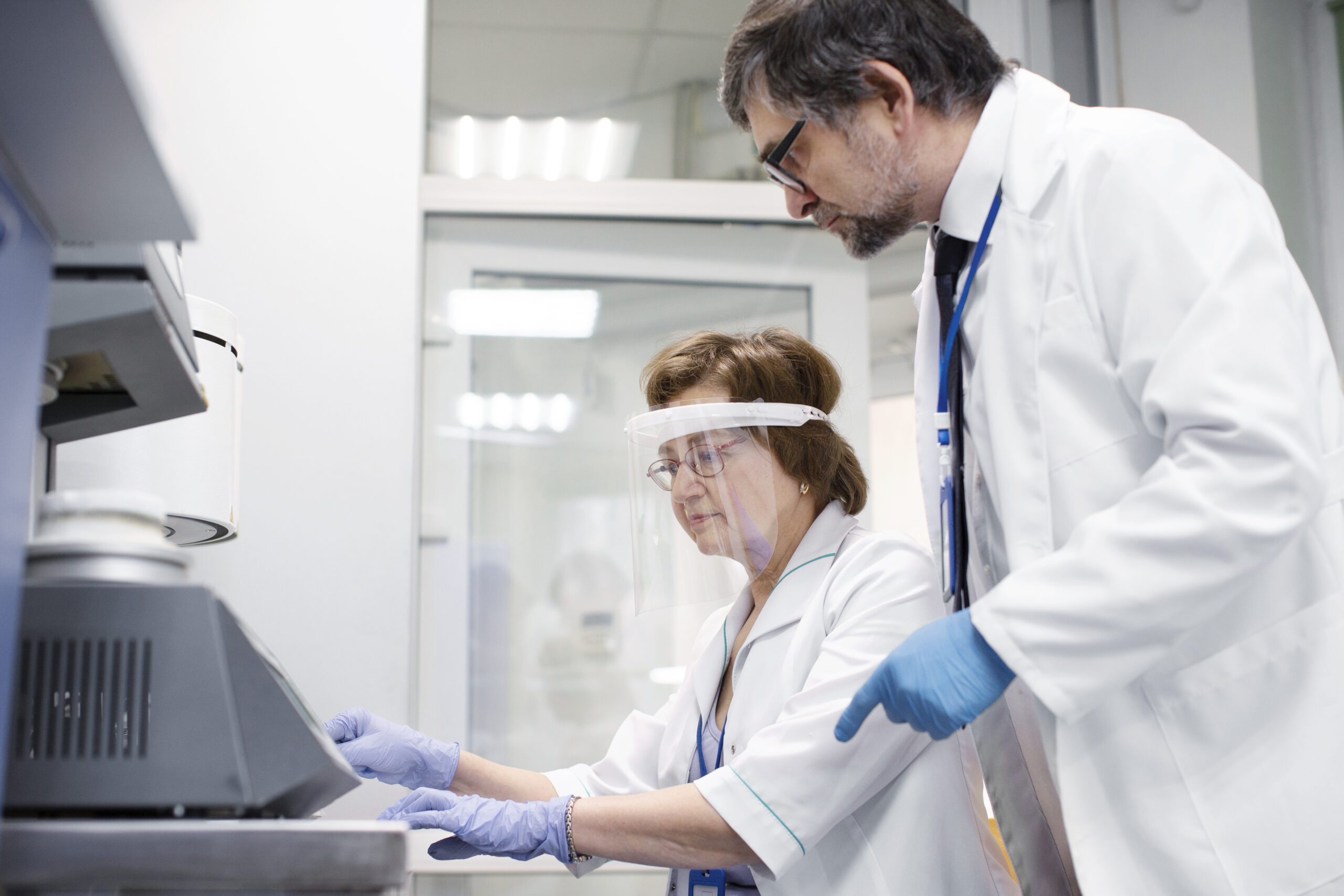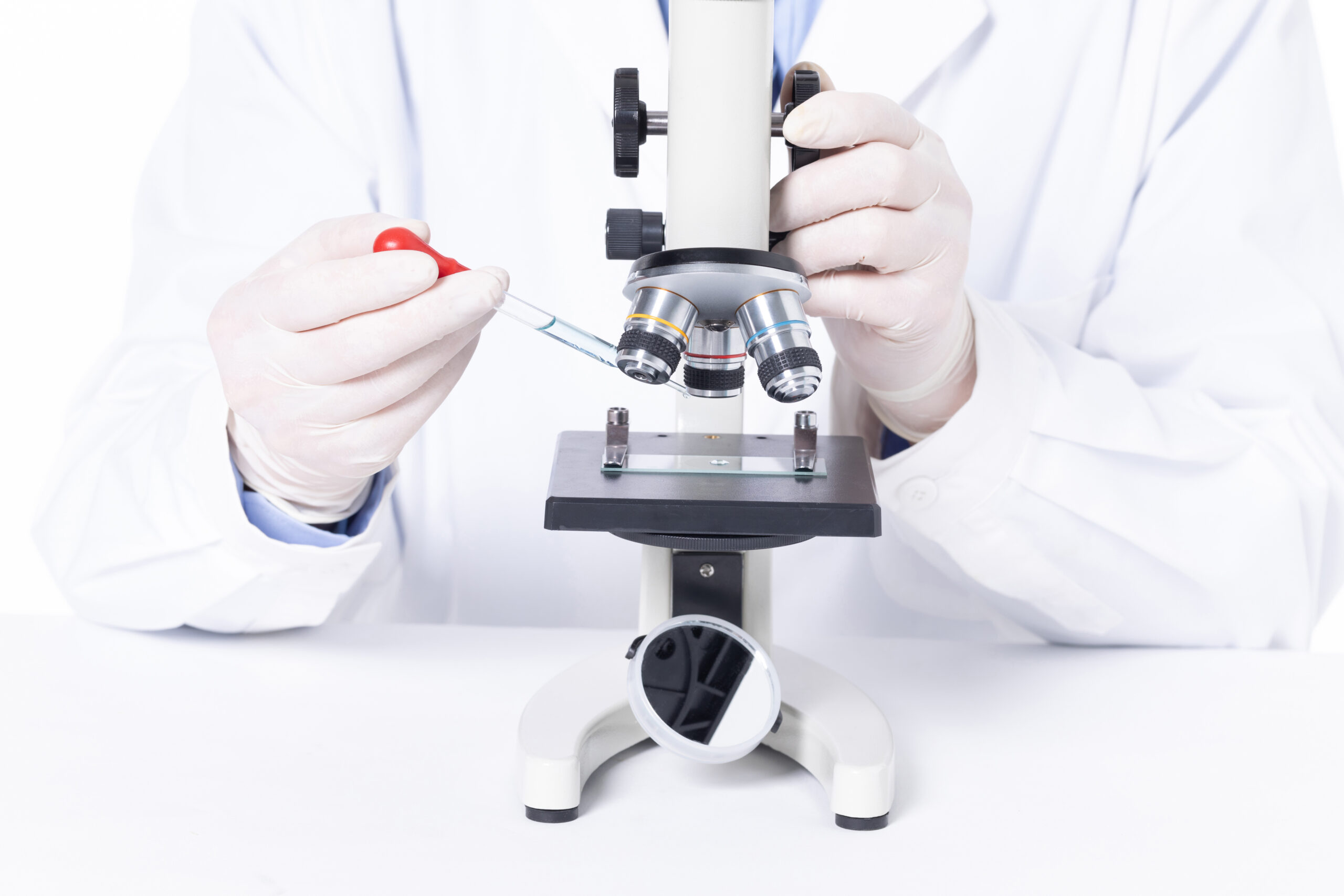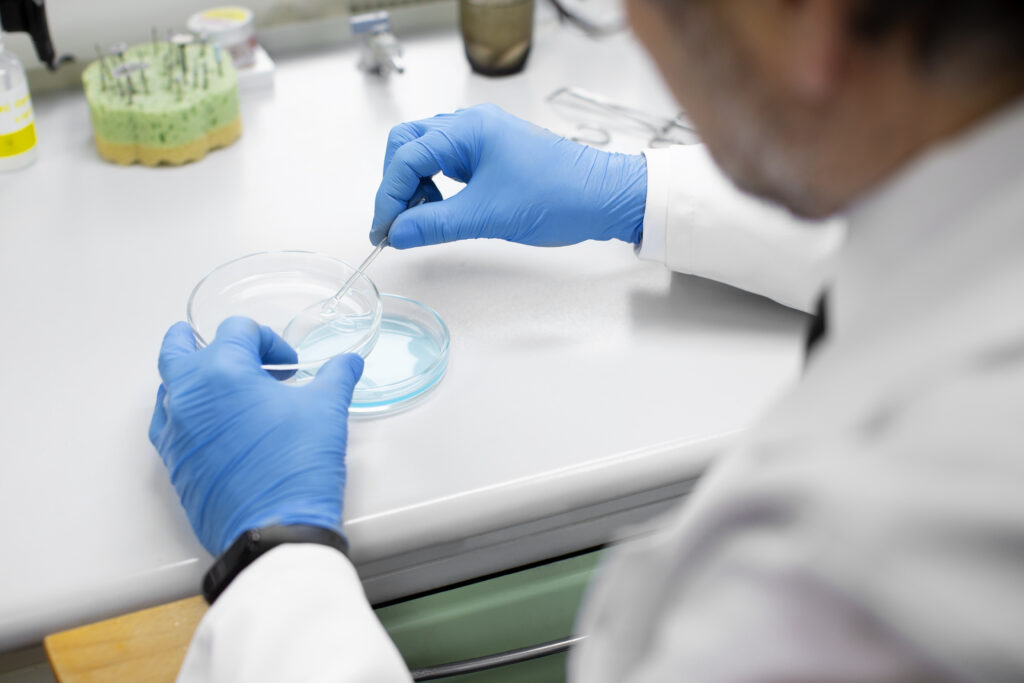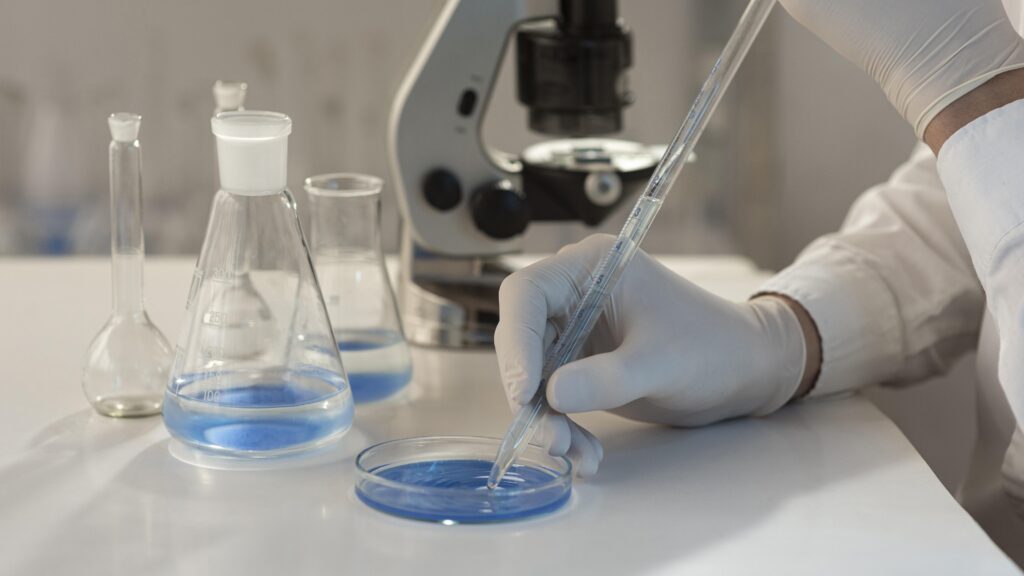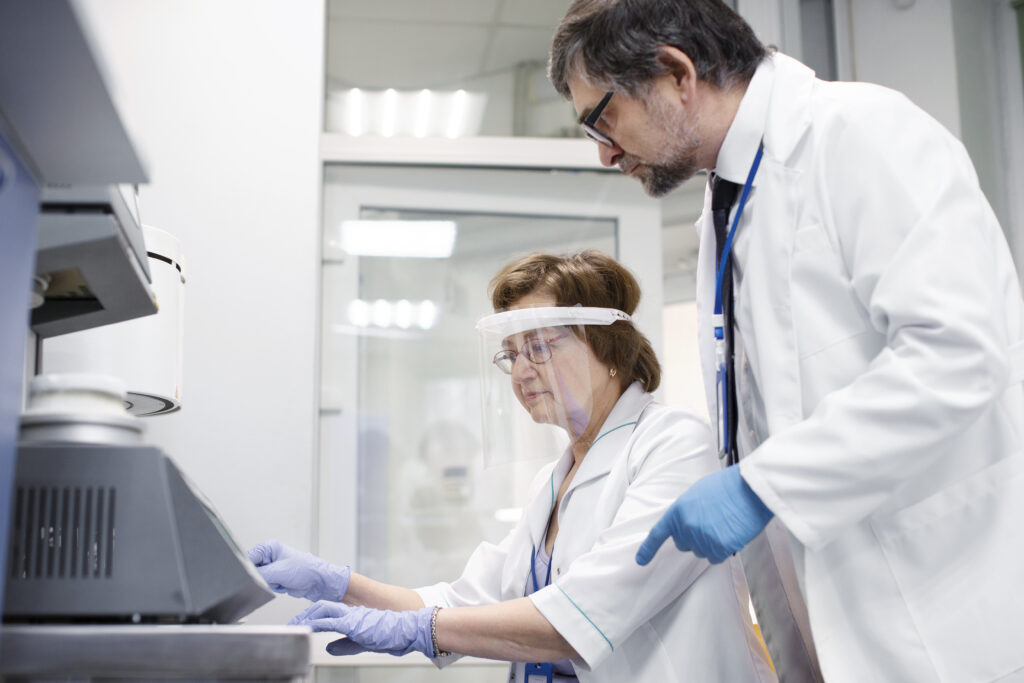Introduction to Heavy Metal Testing in Food Safety
Assuring food safety has grown crucial in the current period, as food production is a complicated process encompassing numerous steps from farm to table. Food safety is seriously threatened by heavy metal pollution since these harmful substances can enter the food chain through a variety of pathways. To detect and reduce this danger, protect consumer health, and maintain the integrity of the food supply, heavy metal testing is essential.
Understanding Heavy Metal Contamination
High atomic weights and densities are characteristics of naturally occurring elements known as heavy metals. While lead, mercury, cadmium, arsenic, and other heavy metals can be extremely deadly even at low concentrations, others, like zinc and copper, are vital micronutrients needed for human health in small amounts.
There are several ways that agricultural practices, industrial processes, environmental pollution, and food processing methods can all lead to the contamination of food with heavy metals. For instance, plants can absorb heavy metal-contaminated soil and water, which causes the metals to build up in their tissues. In addition, heavy metals can leak into the environment through specific industrial activities such as waste incineration, smelting, and mining, contaminating the air, water, and soil.
The Impact of Heavy Metal Contamination on Food Safety
When consumed, heavy metals present major health hazards since they can build up in the body and have a variety of negative effects, such as developmental delays, cancer, neurological issues, and organ damage. The elderly, children, and expectant mothers are especially susceptible to the harmful effects of heavy metals.
Food producers and distributors may face serious financial and reputational repercussions if heavy metals are found in their products. Recalls of contaminated food goods could result in monetary losses and harm to the reputation of the brand. In addition, regulatory bodies set stringent limitations on the permitted thresholds of heavy metals in food items to safeguard the public’s health.
The Role of Heavy Metal Testing in Food Safety
A crucial part of the food safety management systems used by food producers, authorities, and quality control labs is heavy metal testing. Food Testing labs can determine the danger of contamination and guarantee adherence to regulations by precisely detecting the quantities of heavy metals in food samples.
Atomic absorption spectrometry (AAS), atomic fluorescence spectrometry (AFS), inductively coupled plasma mass spectrometry (ICP-MS), and inductively coupled plasma optical emission spectrometry (ICP-OES) are among the analytical methods used to test for heavy metals in food. Heavy metals at trace levels can be found and measured thanks to the high sensitivity, accuracy, and precision of these techniques.
Atomic absorption spectrometry (AAS), atomic fluorescence spectrometry (AFS), inductively coupled plasma mass spectrometry (ICP-MS), and inductively coupled plasma optical emission spectrometry (ICP-OES) are among the analytical methods used to test for heavy metals in food. Heavy metals at trace levels can be found and measured thanks to the high sensitivity, accuracy, and precision of these techniques.
Regulatory Framework for Heavy Metal Contamination in Food
To reduce the amount of heavy metals in food items and safeguard public health, governments all over the world have put rules and regulations in place. The maximum amounts of heavy metals that can be found in a variety of food categories, including fruits, vegetables, cereals, seafood, and baby food, are outlined in these laws.
For instance, the Food and Drug Administration (FDA) of the United States has established action limits for lead, arsenic, cadmium, and mercury in food items. Maximum residual limits (MRLs) for heavy metals in food have also been set by the European Union (EU), and they are strictly enforced by testing and monitoring initiatives.
Common Sources of Heavy Metal Contamination in Food
Environmental Pollution:
Heavy metals can be released into the environment by industrial processes including mining, smelting, and manufacturing, damaging the land, water, and air. Then, by being absorbed by plants or by bioaccumulation in aquatic species, these pollutants may make their way into the food chain.
Agricultural Practices:
Heavy metals can enter agricultural soils through the use of tainted pesticides, fertilizers, and irrigation water. This can cause the metals to build up in food crops. Furthermore, eating tainted feed or grazing on contaminated pastures can expose cattle to heavy metals.
Food Processing and Packaging:
By coming into touch with machinery or packing materials that contain heavy metal pollutants, certain food processing methods like milling, refining, and canning have the potential to introduce these contaminants into food products. For instance, over time, foods that have been canned may absorb lead solder from the cans.
Natural Contamination:
Certain foods may naturally include traces of heavy metals in them because of environmental or geological considerations. For instance, certain plants may take arsenic from the soil, whereas seafood may collect mercury from contaminated ocean waters.
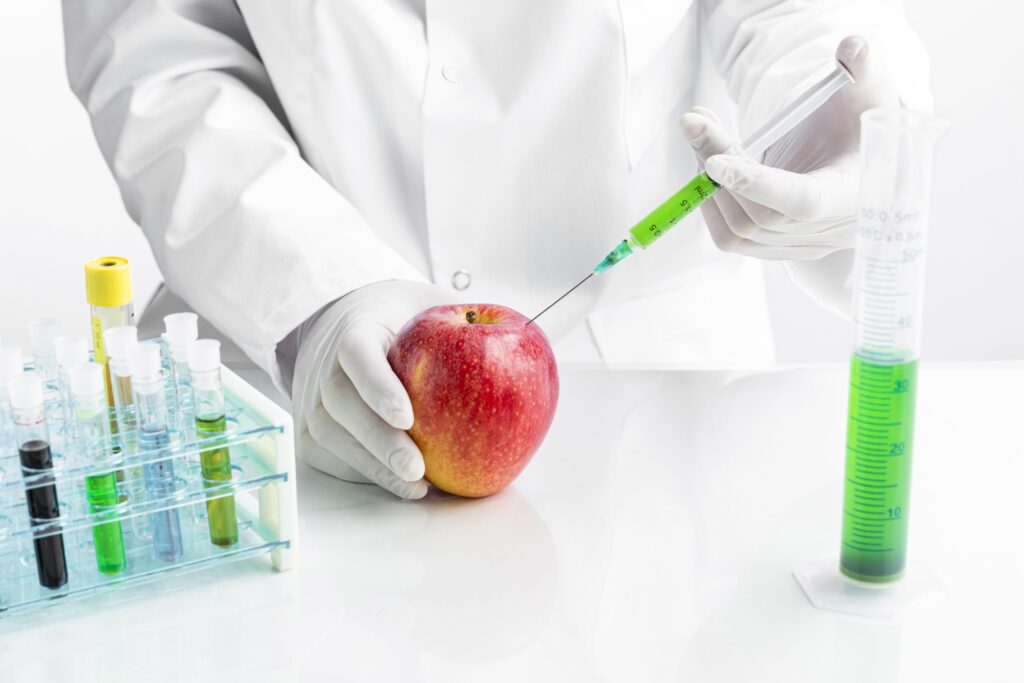
Analytical Techniques for Heavy Metal Testing
A variety of analytical techniques are used for heavy metal testing in food, each offering unique advantages in terms of sensitivity, selectivity, and throughput. Some of the most commonly employed techniques include:
Atomic Absorption Spectrometry (AAS):
For the quantitative analysis of specific heavy metals in food samples, AAS is a commonly employed technology. It measures metal concentrations at trace levels by using the idea of light absorption by unbound atoms in their ground state.
Atomic Fluorescence Spectrometry (AFS):
Based on the detection of the fluorescence released by metal atoms in the gas phase, AFS is a sensitive and selective method for identifying heavy metals. Trace metal analysis in intricate matrices is suited for its high sensitivity and low detection limits.
Inductively Coupled Plasma Mass Spectrometry (ICP-MS):
ICP-MS is a potent analytical method with excellent sensitivity and precision for simultaneous multi-element analysis. It detects and measures the amount of metal ions in the sample using a mass spectrometer and an inductively coupled plasma (ICP) as the ionization source.
Inductively Coupled Plasma Optical Emission Spectrometry (ICP-OES):
Another flexible elemental analysis method is ICP-OES, which uses an inductively coupled plasma to excite metal ions in the sample and produce distinct emission spectra that can be measured to ascertain metal concentrations.
Challenges and Limitations of Heavy Metal Testing
Despite advancements in analytical techniques, heavy metal testing in food presents several challenges and limitations, including:
Sample Preparation:
Due to the complexity and heterogeneity of food matrices, it is necessary to perform lengthy sample preparation steps to extract and concentrate target analytes with the least amount of matrix interference.
Matrix Effects:
Matrix constituents like lipids, proteins, and carbohydrates can impede analysis and reduce the precision and accuracy of findings.
Calibration and Quality Control:
To guarantee the validity and reliability of analytical findings, accurate quantification of heavy metals necessitates the use of calibration standards and quality control procedures.
Detection Limits:
The capacity to identify traces of heavy metals in some food matrices—particularly those with low metal concentrations or strong background noise—may be limited by the detection limitations of analytical techniques.
Applications of Heavy Metal Testing in the Food Industry
Heavy metal testing finds applications across various sectors of the food industry, including:
Raw Materials Screening:
Heavy metal testing is used by food makers to check ingredients and raw materials for impurities before processing them into final goods. This guarantees adherence to legal requirements and lessens the chance of contamination of the finished product.
Process Monitoring:
To track contamination levels and pinpoint possible sources of contamination, heavy metal testing is used at several phases of the food processing industry. This enables producers to carry out remedial measures and stop more contamination.
Completed Product Analysis:
To confirm adherence to legal restrictions and guarantee customer safety, completed food products undergo extensive heavy metal testing. Testing facilities examine samples from various production runs and batches.
Conclusion
In conclusion, by precisely identifying and measuring harmful components in food products, heavy metal testing is essential to guaranteeing food safety. Advanced analytical techniques, including AAS, AFS, ICP-MS, and ICP-OES, enable testing laboratories to detect heavy metal traces with great precision and sensitivity. Respecting the strict rules and directives issued by governmental organizations is crucial to preserving the integrity of the food supply chain and safeguarding consumer health. Even with obstacles like matrix effects and sample preparation, testing procedures are nevertheless getting better because of continuous technological developments. Stakeholder cooperation is essential for tackling

